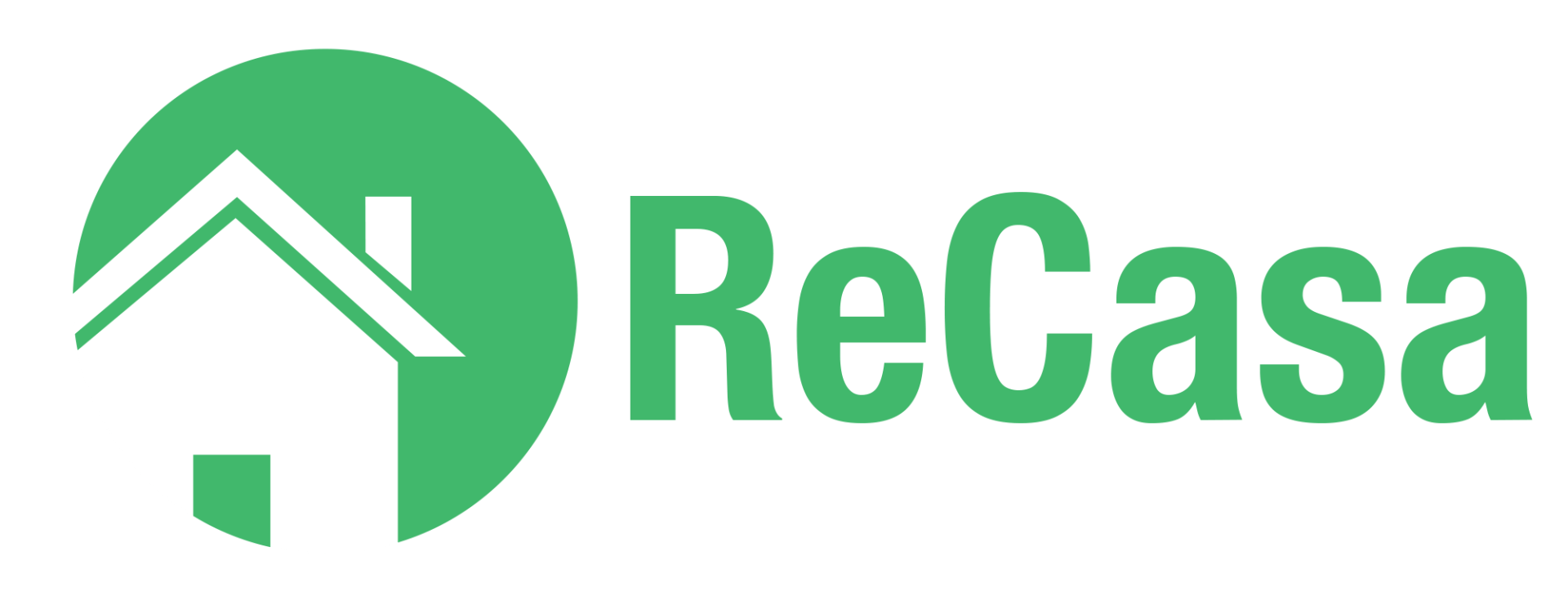ReCasa Financial Blog
It took me several years to truly understand what “You make your money when you buy the property” meant. After seeing my first real estate investor client successfully complete over 100 projects and make money on all of them, and hearing a similar mantra from other top notch investors, I began to understand.
There are basically five “variables” in the rehab real estate profit equation.
- Purchase Price – What you pay for the property
- Improvement Costs – What it costs to bring the property back to market condition
- Soft Costs – Closing Fees, Loan Fees, Interest, Insurance, Taxes, Realtor Fees
- Sales Price – What the property sells for
And it all equals…
- Profit – What you put in your pocket once the property sells
The successful investors start with a target Profit figure and work backwards. A Profit target can be a minimum dollar amount or a percentage. In either case, they make sure there is wiggle room for unexpected negative changes in any of the other expense variables. The percentage or dollar amount target can be influenced by factors like the investor’s experience, appetite for risk, neighborhood, and size of project or amount of improvements required. It may take longer to find the right project that meets or exceeds your target, but that is much better than the alternative of cutting it too close and making little or no money or possibly taking a loss.
Since you do not know what the Sales Price will exactly be, the best way to estimate is to determine the market value of similar homes. Sales Comparables or a “Subject To Appraisal” can provide this data.
Title Companies, Realtors, Insurance Agents, Lenders, and Auditor Sites can provide the information you need to determine a Soft Costs total. Remember, that several of these Soft Cost items are impacted by the passing of time. Taxes, Insurance and interest expense grow the longer the property is in your hands. Use Days On Market (DOM) data to help you calculate those figures and it is not a bad idea to add a couple months to the average.
Improvement Costs can be obtained by getting 2 – 3 estimates for all the improvements required. Additionally, walking the project with different contractors typically provides great ideas and different perspectives on what needs to be done and how. If in doubt, spend the money for a professional inspector.
We now have all of the required variables to calculate our maximum Purchase Price .
Sales Price – Profit Target – Soft Costs – Improvements = Maximum Purchase Price .
Now the negotiations begin. The negative aspect of this approach is that it takes work, time and in most cases many offers. However, the positive is that you have dramatically increased your probability of a profitable project by “Making your money when you buy it!”
The post “You make your money when you buy the property!” first appeared on ReCasa Financial Group.
